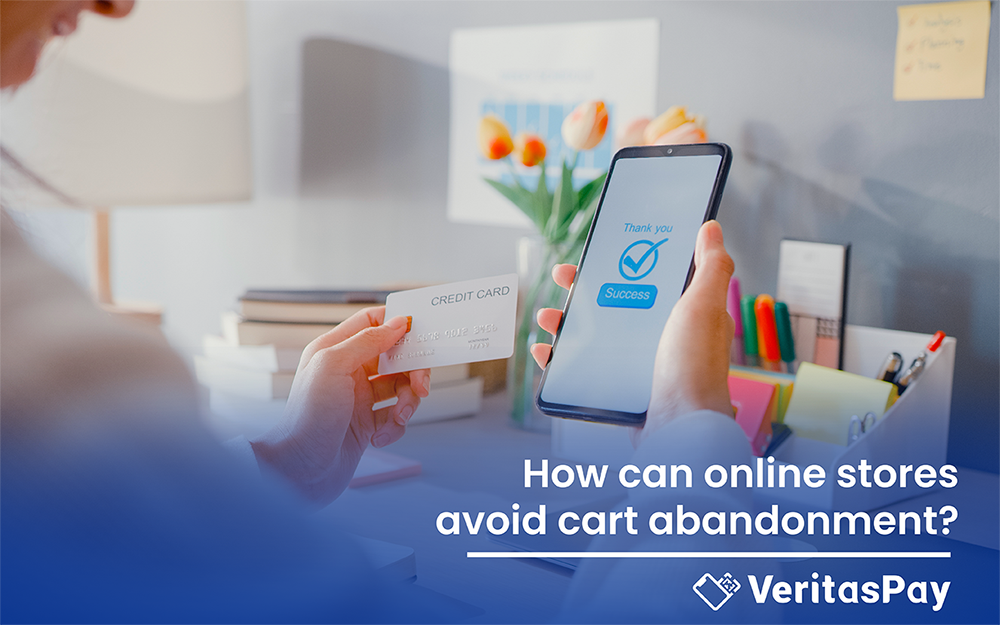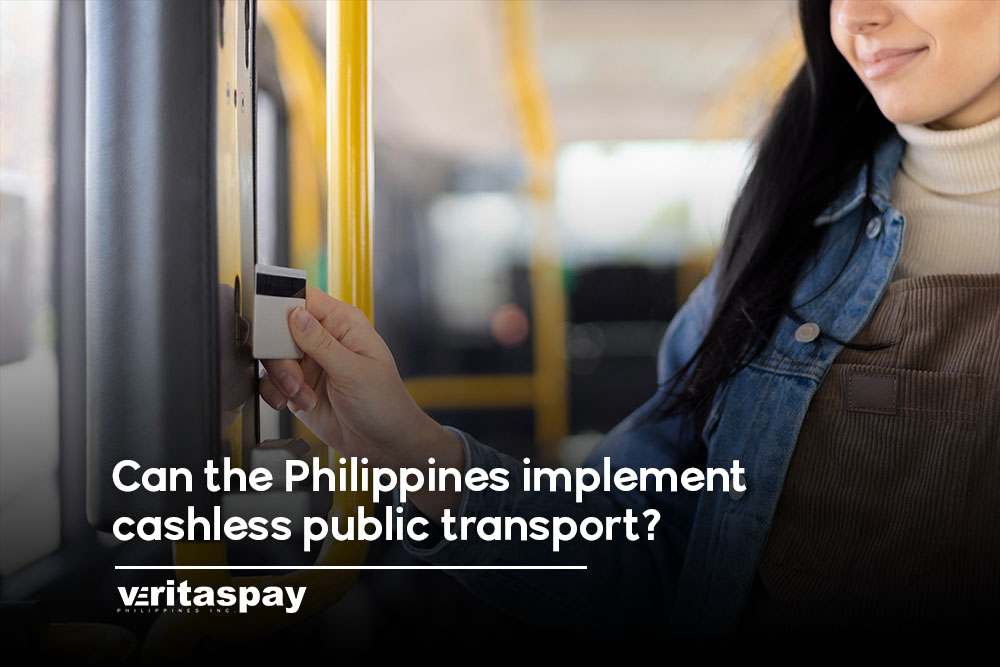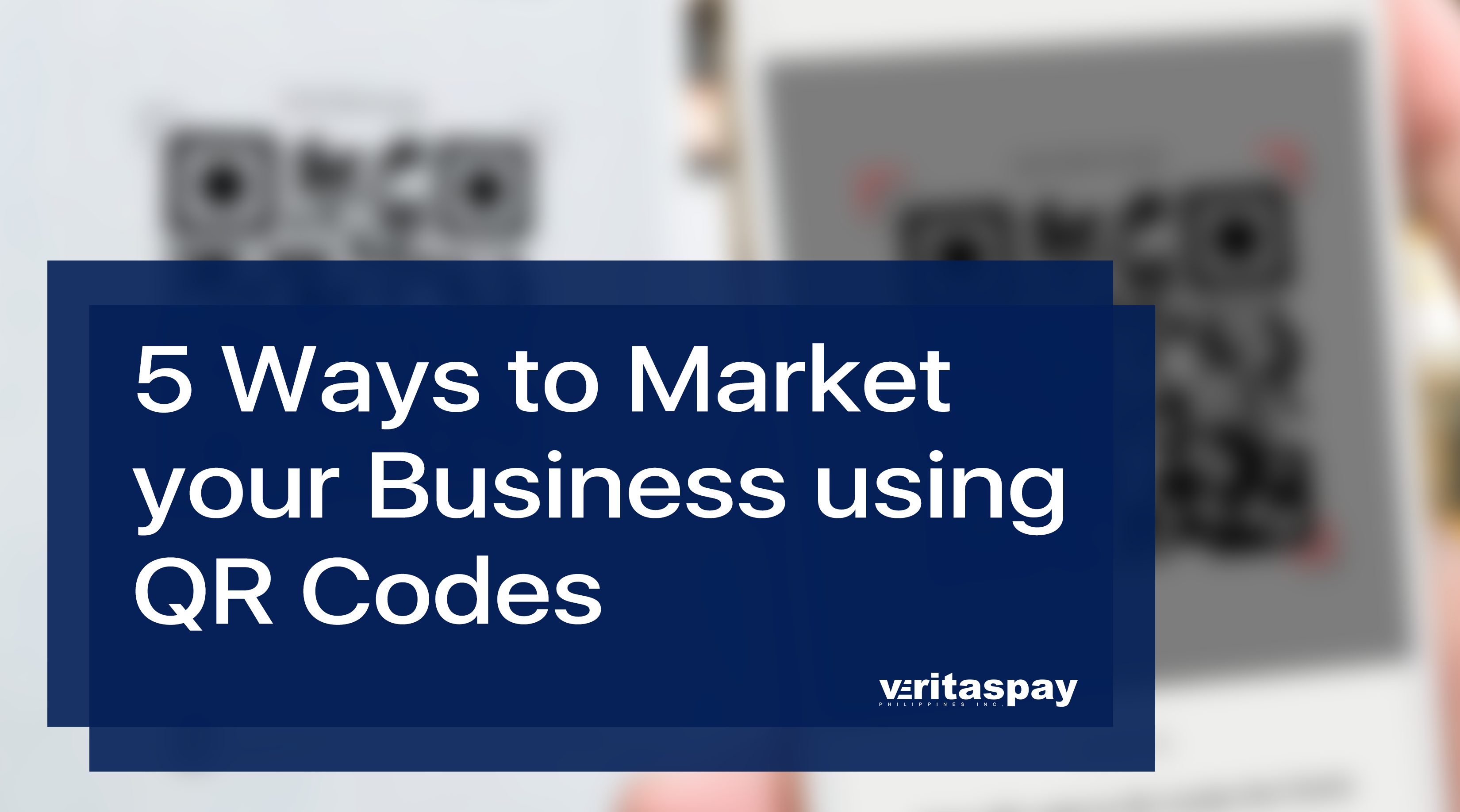How can online stores avoid cart abandonment?
by Je Yaranon on August 2021

Seeing abandoned online carts are frustrating for any business owner. Customers are towards the last steps of checking out and they stop. It’s like watching money fade out as you grab it.
While the differences are clear, online stores face similar challenges that physical stores do – others are even amplified. Such stores are not just in competition with actual competing stores, they’re basically fighting for attention against THE WHOLE INTERNET. Imagine that.
Picture this: Customer X is stacking up the cart, ready to checkout, and boom… Customer X goes to a different website to check something and gets sidetracked. Lo and behold, all the interest for the item(s) are lost just because of memes and cat videos.
What is online cart abandonment?
Simply put, online cart abandonment is when an online shopper leaves his/her cart without checking out. On a good chance, the customer will come back in hours or a few days, but other times, they don’t come back at all.
What are ways to avoid online cart abandonment?
Shorten the checkout process
Having too many steps is a ticket to making customers bail. Users are so used to things being fast and easy, so they are impatient with stores being otherwise.
Don’t get it wrong. Plenty of steps are important as most help ensure everyone’s data is secured - it’s just that you have to compress it as much as possible. Think of the ones that don’t need its own separate page and look elsewhere to plug it in. Quick example: insert the order confirmation within one of the payment steps.
If you’re really unable to cut things down, include a progress indicator that’s quickly noticeable. That, at least, manages the customers’ expectations as to how long the process is. It’s actually a growing necessity in ecommerce so consider implementing one regardless.
Include security logos in your forms or website
Customers are weary of providing sensitive information, especially if it involves money (as they should), so to keep them at ease, assure that your website and payment gateway are certified by reliable security bodies. Besides, you would need some kind of security confirmation to be able to operate a checkout page, so might as well include their logos in the checkout process.
Offer multiple payment options
Payment methods come in bunches, and you never really know which ones are being used by a particular customer. To assure all can be welcomed, see to it that you accept the multiple card providers, mobile wallets, and other alternative methods.
Always show the order summary
Here’s another aspect that gets most customers anxious: accuracy of their orders.
“Did I select the right color and size?”
“Is this really the right kind?”
“How many did I order again?”
Because they get uneasy about details, they then tend to go back and forth to re-check, which may then ultimately lead to having second thoughts and eventually abandoning the cart.
To help counter such instances, always include the summary of orders, preferably at each step. It doesn’t need to have the same exact layout at every turn, but it must be able to give the customer reassurance.
Use a big, strong call-to-action button for the checkout
Don’t think that just because someone is at your website, browsing items, they must be there to purchase before leaving. Some are just scrolling aimlessly, window shopping, and/or still unsure on what to buy.
Do know that most of them just needs a little push, though, and push you shall do through a big, strong call-to-action button towards the checkout page. Guide them to where they need to be. Let them know that your ever-reliable online cashier (A.K.A checkout page) is standing by, ready to facilitate the transaction.
It’s your call if you prefer the text to be aggressive, short and sweet, or maybe both.
Allow guest checkouts
Collecting data for market research is vital, but you may need to sacrifice a chunk of samples for a solid investment. Today’s customers have minimal patience for filling out forms, so requiring an account to purchase something shouldn’t be an impenetrable wall. That’s a quick way to drive customers off.
The key thing here is to just allow users to have a choice. In the end, you, the merchant, won’t exactly lose much. While market data may be a bit shorter, you are boosting customer experience and likely widening profit opportunities. Everyone loves a site that’s fast and easy to use, and if you’re an online store that one can go in and out on with not much fuzz, things can blow up in no time.
Does your online store have a checkout page?
If not, don’t be among the few who don’t realize online stores need a checkout page. It’s essential in an ecommerce website as it solidifies your place in the game and legitimizes your look among consumers. Read all about our VeritasPay Checkout solution and explore.
As VeritasPay continues to provide high-quality payment solutions and promote cashless transactions, the company is also dedicated in bringing in fresh and informative content. We’ll be continuing to share new articles about our products, services, and varying subjects within the industry as we move forward.
Contact us here to know more.
Related Articles

